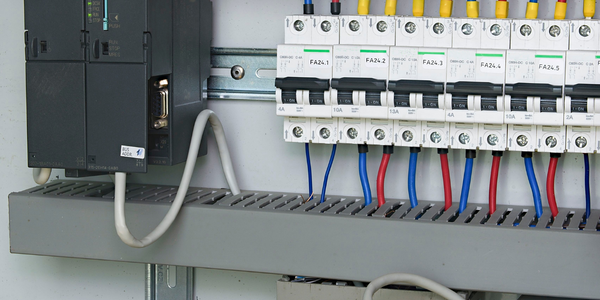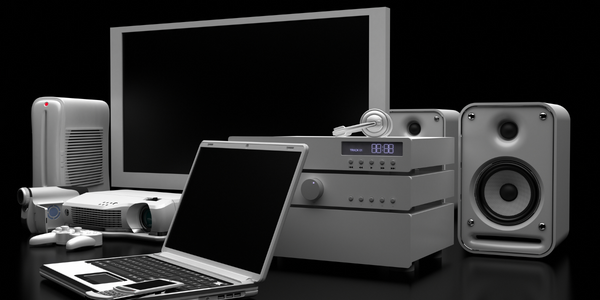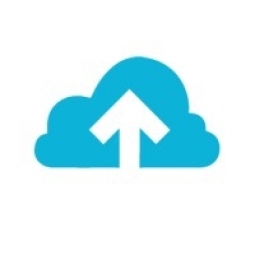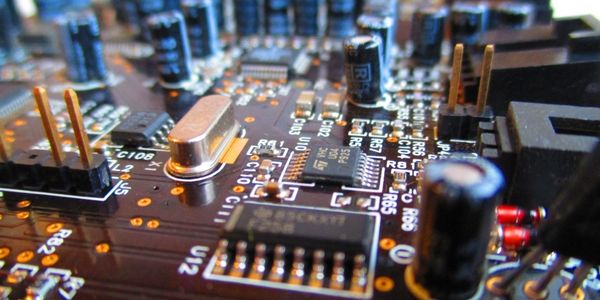Technology Category
- Functional Applications - Computerized Maintenance Management Systems (CMMS)
- Platform as a Service (PaaS) - Device Management Platforms
Applicable Industries
- Electronics
- National Security & Defense
Applicable Functions
- Maintenance
Use Cases
- Behavior & Emotion Tracking
- Tamper Detection
Services
- System Integration
About The Customer
The customer is a regional healthcare organization with over 15,000 healthcare professionals. They handle more than 3 million patient visits a year and rely on thousands of network-connected medical devices for patient care. The data generated by these devices is used to derive better and lower-cost patient outcomes. The organization's healthcare technology management (HTM) team is responsible for managing the security and maintenance of these devices. The team had previously invested in a computerized maintenance management system (CMMS) to manage the devices, but found it difficult to keep track of the constantly changing device landscape.
The Challenge
A regional healthcare organization with over 15,000 healthcare professionals and more than 3 million patient visits a year relied on thousands of network-connected medical devices for patient care. The data generated by these devices was used to derive better and lower-cost patient outcomes. However, the connectivity of these devices also posed a security risk if a successful exploit caused disruption, impacting safety and reputation. The healthcare technology management (HTM) team wanted to lessen their risk landscape by identifying their network-connected medical devices while watching for exploits and recalls. The HTM team had invested in a computerized maintenance management system (CMMS) to try and capture all the devices used in the organization. However, with thousands of devices constantly being added, moved to other locations, and then retired, it was hard to keep track of them all. The CMMS system was not designed for access to the system via the cloud or from mobile devices such as smartphones.
The Solution
Nuvolo OT Security provided an out-of-the-box integration with the healthcare organization's existing device discovery and security monitoring tool. This integration replaced the legacy CMMS system with Nuvolo Connected Workplace, a modern, connected, cloud-based solution accessible via web or mobile app. This solution provided a single trusted data source that’s updated every time a device was purchased and provisioned. The solution integrated the single inventory with security events creating an intelligence hub. When a security event occurs, the security team not only knows who to dispatch, but they can also focus on the response based on threat risk and the number of devices affected. The solution also leverages the latest security information from sources such as the National Institute of Standards and Technology (NIST) vulnerability management data (NVD) to help the security team to assess the unusual activity.
Operational Impact

Case Study missing?
Start adding your own!
Register with your work email and create a new case study profile for your business.
Related Case Studies.

Case Study
Remote Temperature Monitoring of Perishable Goods Saves Money
RMONI was facing temperature monitoring challenges in a cold chain business. A cold chain must be established and maintained to ensure goods have been properly refrigerated during every step of the process, making temperature monitoring a critical business function. Manual registration practice can be very costly, labor intensive and prone to mistakes.

Case Study
Predictive maintenance in Schneider Electric
Schneider Electric Le Vaudreuil factory in France is recognized by the World Economic Forum as one of the world’s top nine most advanced “lighthouse” sites, applying Fourth Industrial Revolution technologies at large scale. It was experiencing machine-health and unplanned downtime issues on a critical machine within their manufacturing process. They were looking for a solution that could easily leverage existing machine data feeds, be used by machine operators without requiring complex setup or extensive training, and with a fast return on investment.

Case Study
Cloud Solution for Energy Management Platform-Schneider Electric
Schneider Electric required a cloud solution for its energy management platform to manage high computational operations, which were essential for catering to client requirements. As the business involves storage and analysis of huge amounts of data, the company also needed a convenient and scalable storage solution to facilitate operations efficiently.

Case Study
Leveraging the IoT to Gain a Competitive Edge in International Competition
Many large manufacturers in and outside Japan are competing for larger market share in the same space, expecting a growing demand for projectors in the areas of entertainment, which requires glamor and strong visual performance as well as digital signage that can attract people’s attention. “It is becoming more and more difficult to differentiate ourselves with stand-alone hardware products,” says Kazuyuki Kitagawa, Director of Service & Support at Panasonic AVC Networks. “In order for Panasonic to grow market share and overall business, it is essential for us to develop solutions that deliver significant added value.” Panasonic believes projection failure and quality deterioration should never happen. This is what and has driven them to make their projectors IoT-enabled. More specifically, Panasonic has developed a system that collects data from projectors, visualizes detailed operational statuses, and predicts issues and address them before failure occurs. Their projectors are embedded with a variety of sensors that measure power supply, voltage, video input/ output signals, intake/exhaust air temperatures, cooling fan operations, and light bulb operating time. These sensors have been used to make the projector more intelligent, automatically suspending operation when the temperature rises excessively, and automatically switching light bulbs. Although this was a great first step, Panasonic projectors were still not equipped with any capability to send the data over a network.









